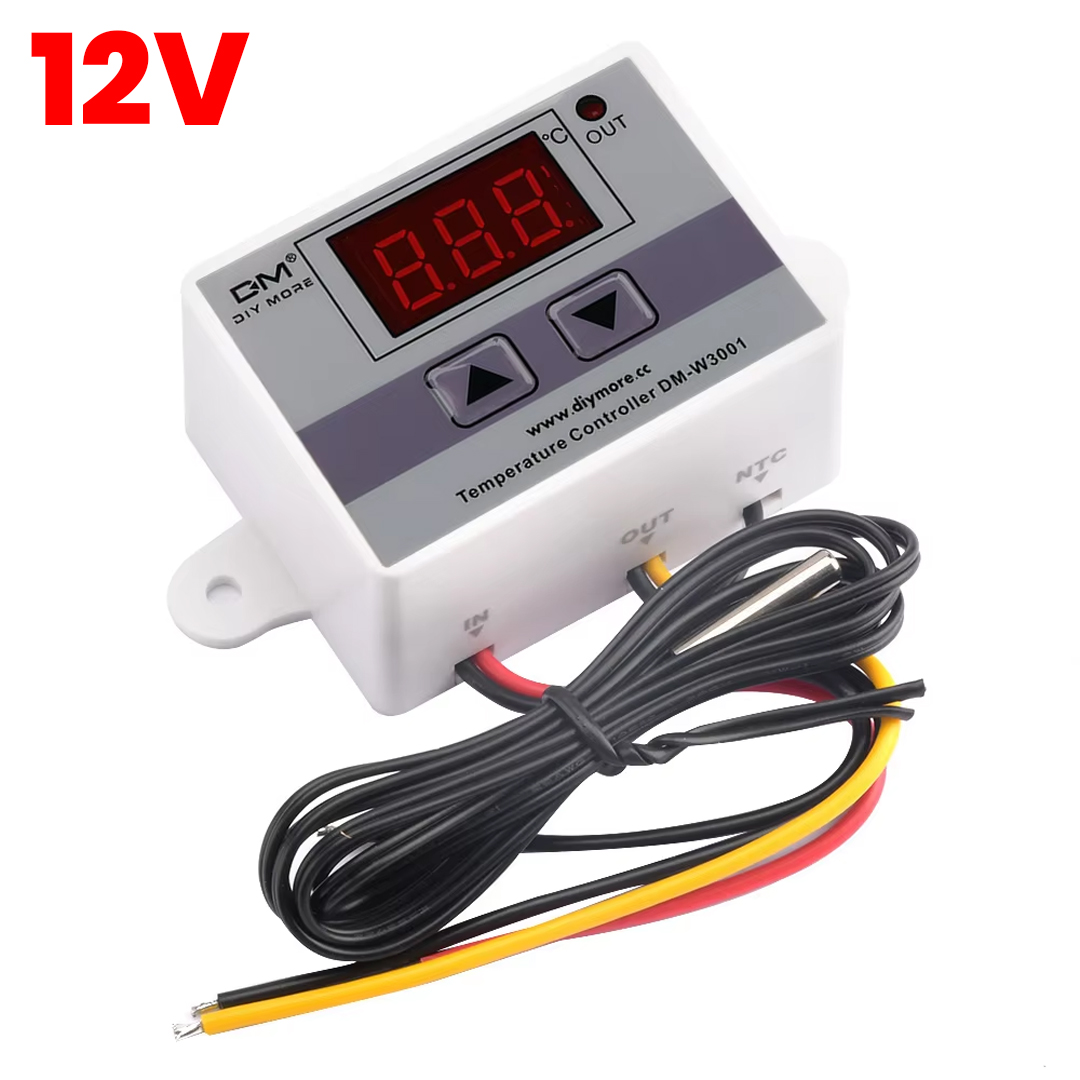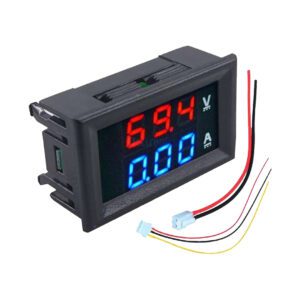TDS3 Meter Water Purity Quality Tester
₨399.00
- TDS3 Meter
- Purifier Meter
- Water Purifier Meter
- Condition: 100% Brand New
- Shell Material: Plastic
- Main Color:Yellow
- Range: 0~9990ppm
- Accuracy: +/-2%
- Battery: 2 x 1.5v LR44 Button Cell Batteries(not included)
- Size: Approx. 15.5 x 3 x 1.6cm / 6.1 x 1.1 x 0.6in
Description
A tds3 meter inexpensive and convenient digital tool to instantly check your overall water quality. TDS = Total Dissolved Solids, which is any salt, metal or mineral in the water. With the push of a button, the tds3 mete can tell you your overall water purity level,which will be displayed on the screen in ppm (parts per million). The lower the TDS level, the purer the water, with 0 ppm being pure H2O. The TDS mete is great for checking your tap water quality, or knowing when to change a filter. (The meter does not test for biological contaminants.) The TDS is a great tool for drinking water,water filtration and purification, colloidal silver, hydroponics (test your nutrients), aquariums, RO/DI systems, pools and spas, commercial and industrial applications and more. The TDS is a rugged model that includes a protective carrying case.
For this P TESTER, it does not includes calibration liquid,the one you get maybe not accurate,In order to ensure the accuracy of this item pls make calibration when you get the parcel
- Test the quality of various water ensuring you are enjoying the best quality water.
- Ideal for using in the following situations: drinking water water filters hydroponics aquariums food&coffee pools&spas. TDS range: 1-9999PPM/mg / L.
- Auto shut-off: 10minutes.
- Data hold. Auto temperature compensation.
- Accuracy: ±2%.
- Dimensions: 14.2*2.3*1.3(CM)
- Battery: 2×LR44 cell batter(NOT INCLUDE)
- Come with a leather case.

Additional information
| Weight | 0.20 kg |
|---|---|
| Dimensions | 10 × 8 × 5 cm |
You must be logged in to post a review.








Reviews
There are no reviews yet.